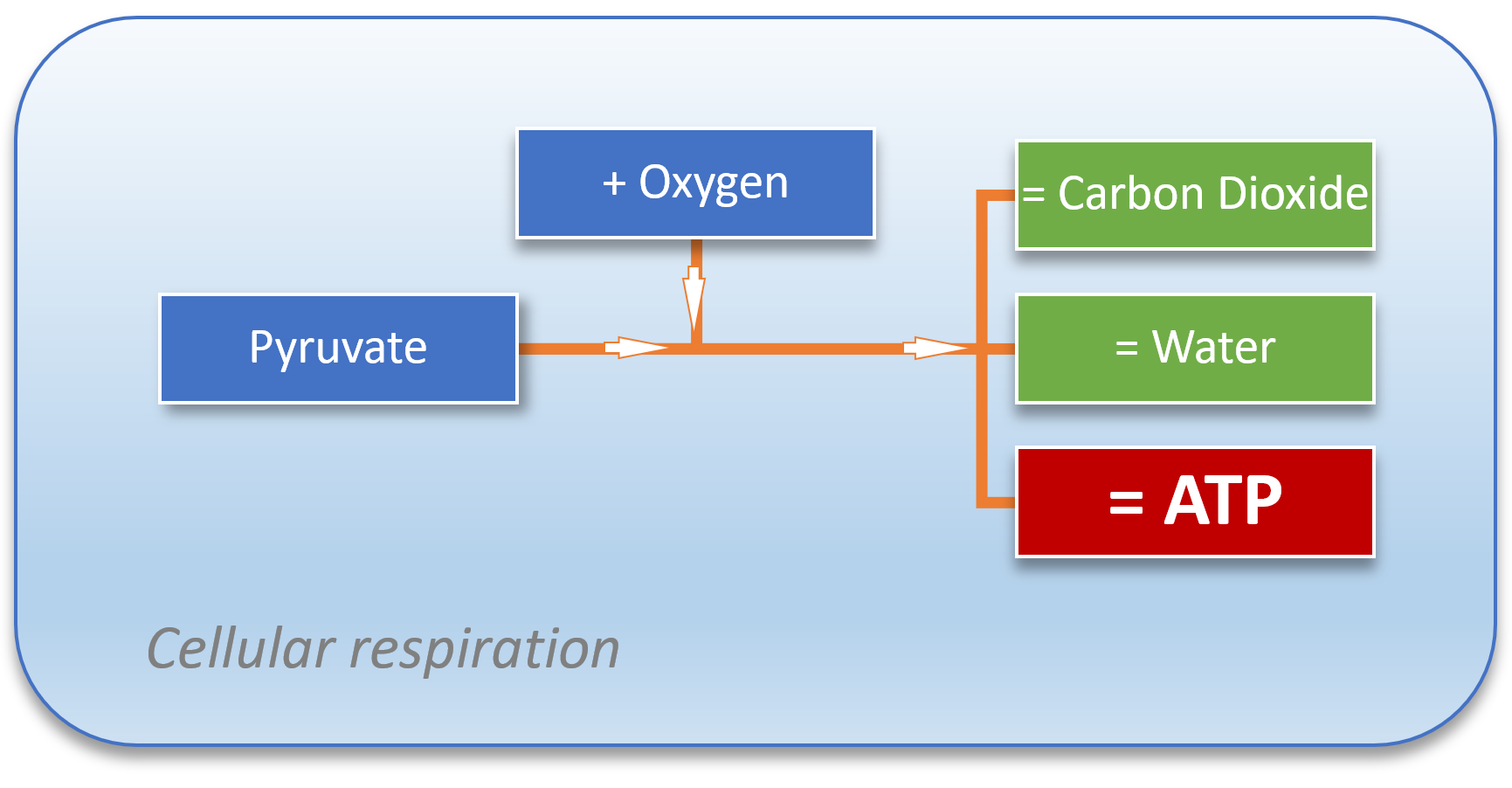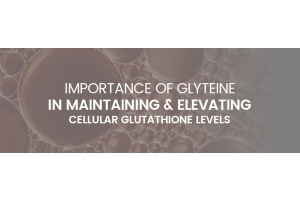How much energy do we need?
Everything we do requires energy. Not just the manual tasks we perform every day but also the vast array of processes that silently keep our bodies ticking over. All this energy is produced inside our cells by a tiny organelle - the mitochondria. Eons ago, it joined with a cell and formed the progenitor of most cells we find in life today.
Mitochondria produce energy in a currency called ATP, which drives every muscle, most biochemical processes, and even our thoughts and memories. The brain uses about 20% of our total energy needs every day. So, how much energy or ATP do we need in total? Well, even though a molecule of ATP weighs next to nothing, our body turns over the equivalent of its own weight in ATP every single day.
How mitochondria produce energy
You may have come across the phrase "mitochondria are the powerhouse of our cells," which is not an exaggeration! An extraordinary process occurs inside mitochondria called cellular respiration, which explains why we need to eat and breathe. Mitochondria's exclusive purpose is to produce energy in the form of ATP.
This elegant process essentially breaks down glucose from our food and combines it with oxygen in the air we breathe to make ATP. But our cells are not innocent bystanders either. Since mitochondria cannot use glucose in their raw form, cells help by first converting glucose to pyruvate by a process called glycolysis. Pyruvate then enters mitochondria, where the cycle begins:

The energy cycle
The ATP produced by mitochondria is akin to a vast storage of energy our cells can utilize whenever it is required. And this works by another process called hydrolysis.
In simple terms, cells harness ATP's energy by slitting the phosphate group – the "P" in ATP. This generates a large amount of energy ready to be used. During this process, ATP gets converted into ADP. The mitochondria convert the ADP produced back into ATP. This energy cycle is very efficient and ensures a steady supply of ATP.
Think of it as a rechargeable battery. When discharged, the battery itself is ADP, the charger is our mitochondria, and the energy used to charge it is pyruvate and oxygen. Once the battery is full, it becomes ATP. During the course of a day, each ATP molecule is recharged this way thousands of times. So, the "powerhouse" of energy analogy has more than proven itself.
The cost of living
By now, you probably realize how sophisticated this process of cellular respiration is. And it is only one of many processes that continually take place in our body. However, any process involving oxygen comes with a high price: Free radicals.
In essence, processes that use oxygen are nothing more than a slow, controlled form of burning. The unfortunate by-product of this "burning" are reactive oxygen species, commonly known as free radicals. They can cause havoc in our cells and are responsible for a whole range of diseases as well as the aging process itself. Due to mitochondria consuming oxygen to produce ATP, they are also responsible for most free radicals.
The list of diseases associated with free radical damage is extensive and has been described in books, reviews, and peer-reviewed papers published in scientific journals.
Glutathione's role as the protector of cells
Thankfully, our cells have also developed a way to eliminate free radicals. Enter antioxidants, a powerful group of molecules that can also neutralize free radicals in every cell. You probably have heard of Vitamins C & E being referred to as antioxidants, but their role is minor compared to glutathione's incredible power, the body's "master antioxidant."
The list of glutathione's accomplishments is wide-ranging and, due to its importance, also well studied. But glutathione does more than just eliminate free radicals. It also plays a role in detoxification and even cell death. This may sound counterproductive, but cell death, or apoptosis, is an incredibly important part of our health. If cell death is compromised, we get a runaway production of cells, resulting in a well-known health condition.
Nature's flaw
As intricate and marvelous as all these processes are, nature isn't perfect. And, unfortunately, glutathione production is not immune from being able to be compromised either.
Even though our cells are responsible for glutathione production, this process is prone to become less efficient as we age. The main reason for this lies in the way glutathione is synthesized inside our cells.
Glutathione is synthesized in a two-step reaction using amino acids and catalyzed by two different enzymes. But the first enzyme responsible weakens as we get older or when experiencing certain types of persistent health issues and slows down the efficient production of glutathione.
But even in our early years, when this enzyme is still in full swing, there are situations where free radical production can outstrip the glutathione available. Typical conditions include strenuous exercise, stress, the build-up of toxins from the environment, or even smoking and alcohol, all of which produce excessive amounts of free radicals.
How can Glyteine® help?
But is there a way to increase the glutathione in our cells? There certainly is! And the evidence suggests we would be well advised to do so. Despite the many products claiming to do so, only one has been clinically proven to do so safely and, crucially, rapidly.
The Glyteine® present in Continual-G® is a natural precursor, or building block, of glutathione. Even though other such building blocks are available as supplements, only Glyteine® can enter our cells. This is important because glutathione can only perform its function inside the cell where the mitochondria reside.
Not only is Glyteine® immediately converted to glutathione, but this conversion also works when the first enzyme responsible for glutathione production is impaired. Glyteine® works because it bypasses this enzyme altogether, resulting in immediate increased cellular glutathione levels in all individuals. Glyteine®'s unique ability to bypass this enzyme also results in a small gain of energy since the first enzymatic reaction does not need to occur.
But Glyteine® has another trick up its sleeve. It is an antioxidant in its own right. Studies have shown that Glyteine® can act as a substitute for glutathione in mitochondria. So, regardless of the glutathione concentration in our cells, Glyteine® can virtually take over glutathione's protective functions.
The availability of Glyteine® as an ingredient in dietary supplements has enormous implications for our health at all ages. Incorporating Glyteine® into our daily health routine will ensure a constant supply of the body's master antioxidant glutathione to combat the free radicals resulting from the energy produced by our cells and by toxins, stress, and exercise.






